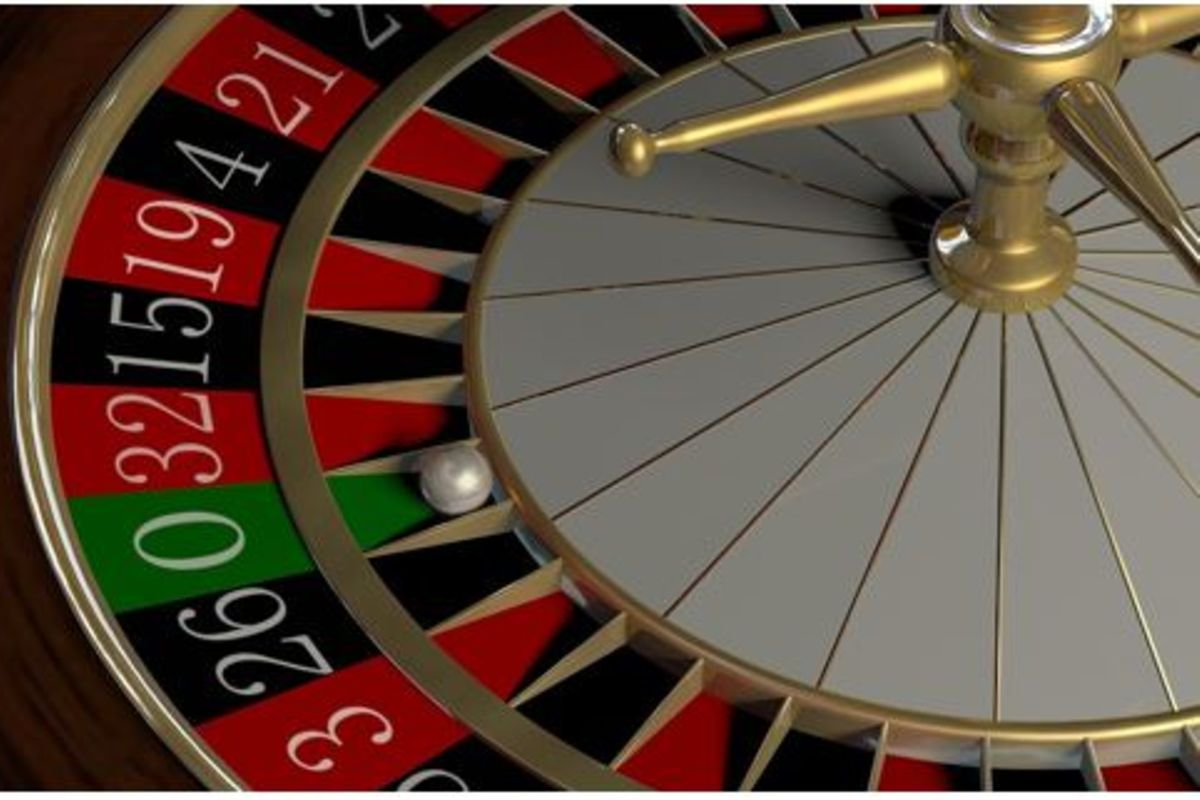
Gambling games have long captivated people’s attention, drawing players into a realm filled with fortune, planning, and the allure of excitement. Each activity is painstakingly crafted not just for fun, but also to elicit targeted emotional responses that keep participants engaged and committed. Understanding the motivations behind these designs reveals much about how psychology plays a vital role in the gaming experience.
From the bright lights and vibrant sounds to the intricate layering of systems and incentives, casino games are designed to create an atmosphere of anticipation and eagerness. Game designers leverage psychological principles to influence participant behavior, whether through the use of jackpots, almost wins, or social connections. By examining these factors, we can better appreciate how casino games fulfill not just a want for entertainment, but deeper psychological needs for thrill and risk.
Comprehending Gamer Behavior
Casino games are designed with a deep understanding of player psyche, which is crucial for attracting and holding players. The thrill of the game, alongside the expectation of winning, establishes a powerful draw. Game designers utilize elements like audio cues, dynamic graphics, and captivating gameplay to capture attention and elicit emotional responses. These sensory experiences enhance the immersive experience, making players feel more attached in the game.
Another notable aspect of player behavior is the concept of risk/reward dynamics. Casino games often balance risky situations with the potential for significant rewards, which can lead to the phenomenon known as near-miss experience. When players come near to winning, the brain releases dopamine, bolstering their behavior and motivating them to continue playing in quest of that elusive win. This cycle of hope and disappointment plays a key role in how games are structured and advertised.
Lastly, community aspects also play a central role in player behavior at casinos. Many games are crafted to be played in pairs or with other players, creating a sense of community and communal experience. The social interaction inherent in games like blackjack enhances enjoyment and can result in extended gameplay. Designers capitalize on this by crafting environments that encourage players to remain, socialize, and revisit, making the overall casino experience more inviting.
The Role of Imagery and Sound
Imagery and sound play a crucial role in improving the gambler’s experience within casino games. Designers utilize bright colors, eye-catching graphics, and captivating animations to grab players’ attention and hold their focus. The use of motifs, such as exploration or luxury, helps create an enthralling atmosphere that transports players into a different world. By connecting to the senses, these elements add to a intensified emotional response, encouraging players to engage more profoundly with the games.
Sound design is equally important in reinforcing the experience of casino games. The combination of ambient music, sound effects for winning combinations, and ambient noises creates an auditory landscape that holds players enthralled. Audio cues associated with wins, such as ringing bells or celebratory music, evoke feelings of excitement and reward, prompting players to continue playing. These audio cues are carefully placed to enhance the thrill of the game and create a more immersive experience.
Moreover, the alignment of imagery and sound is crucial for reinforcing the game’s overall concept and mood. Each element should coordinate seamlessly to create a cohesive experience that pulls players in. The effective use of this integration not only enhances user enjoyment but also boosts the likelihood of return play, as players become more engaged in the captivating world that the casino games offer. This thoughtful combination of imagery and audio ultimately enhances player engagement and loyalty.
Reward Systems and Participation
The design of casino experiences greatly relies on incentive structures to keep participants involved and coming back for more. These structures are rooted in psychological theories that take advantage of human behavior and desire. Participants are often motivated by the thrill of success, which is supported by immediate responses through the game’s design. This prompt satisfaction not just improves the overall experience but also fosters a sense of success, prompting participants to continue playing in hopes of bigger gains.
Gaming establishments adopt various reward structures, such as large payouts, bonuses, and increased rewards, to captivate players. These elements create a layer of thrill that sustains interest. Additionally, the randomness of outcomes plays a significant role in keeping interest. non GamStop bookies The intermittent reinforcement schedule, where wins are random but occur often enough, maintains participants on edge and driven to continue participating. This loop of hope and expectation is foundational to the success of casino games.
In addition, community aspects, such as tournaments and collaborative options, boost the engagement factor by leveraging the desire to compete of players. The communal aspect of playing with fellow participants can intensify the thrill of success and create a community atmosphere within the casino. By integrating these community elements with effective incentive structures, gambling experiences don’t just provide entertainment but also foster a stronger bond among players, reinforcing their loyalty to the overall experience.
